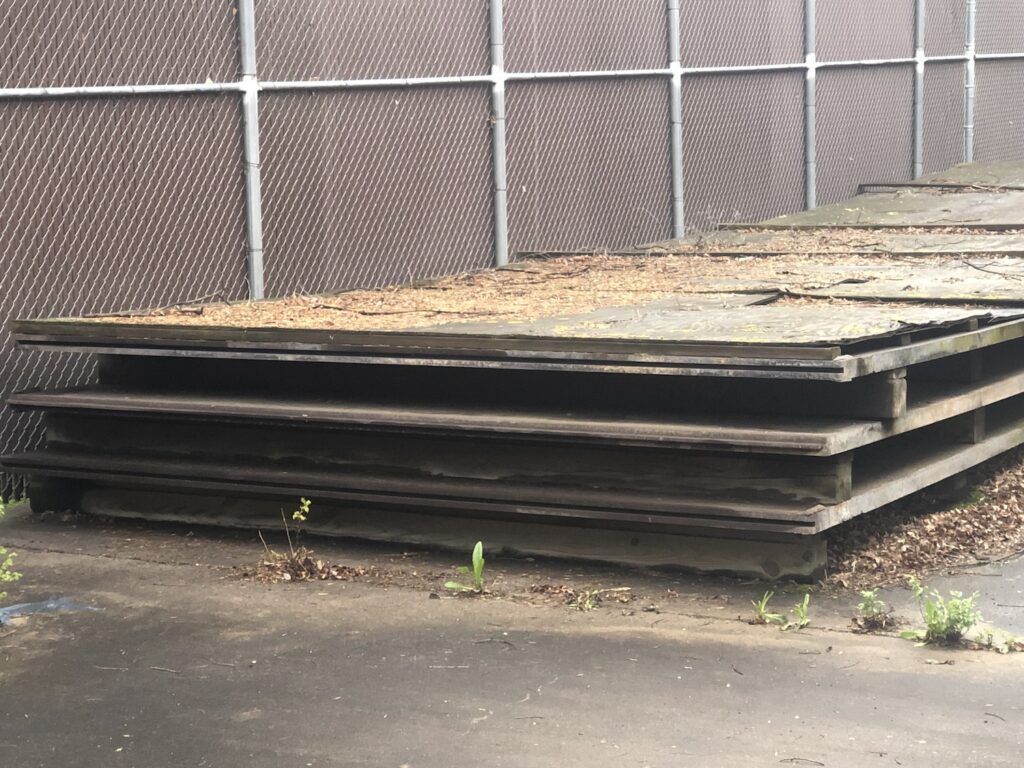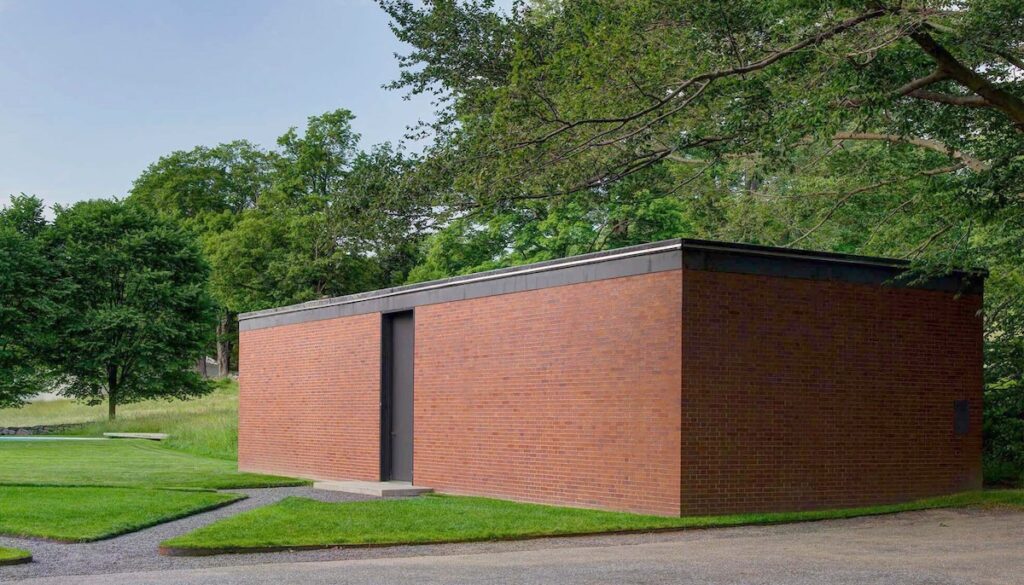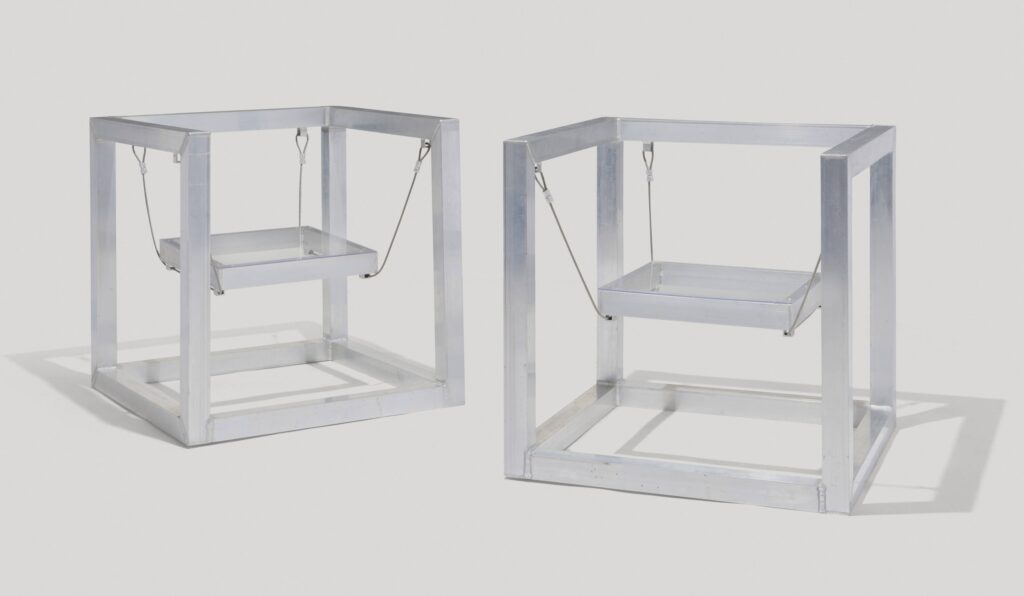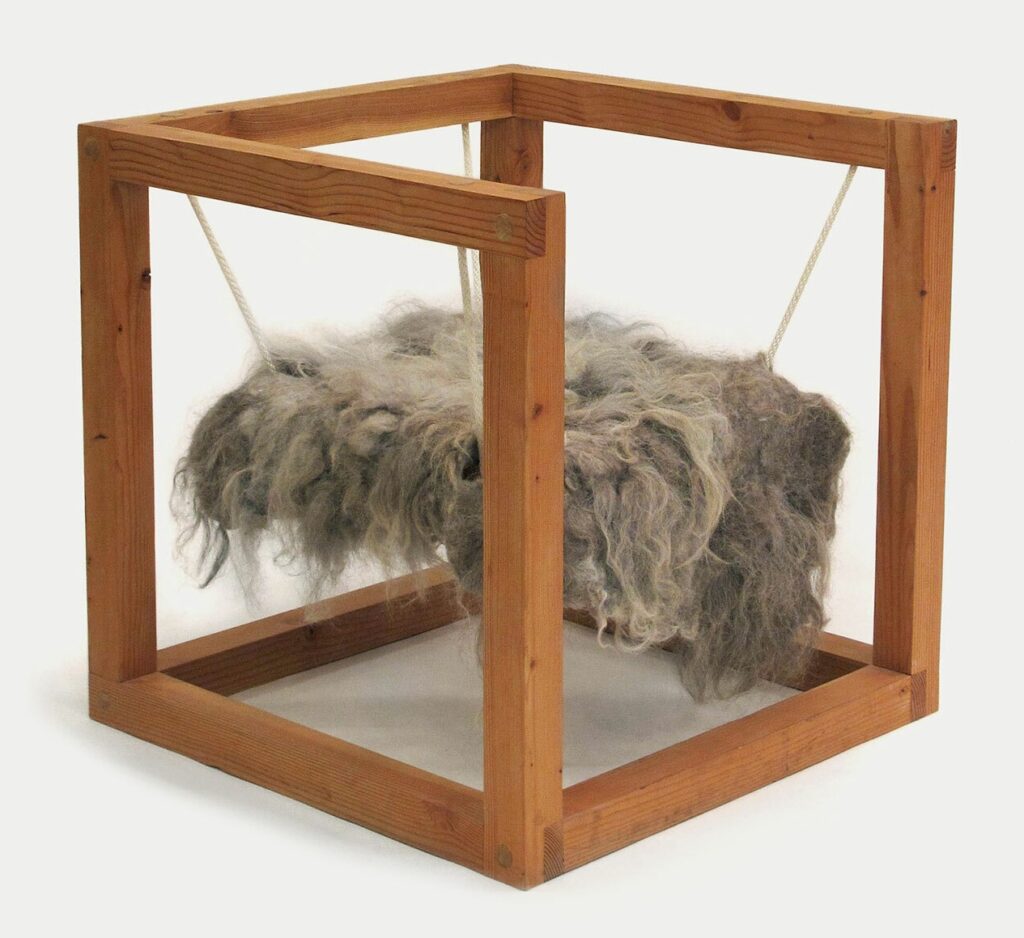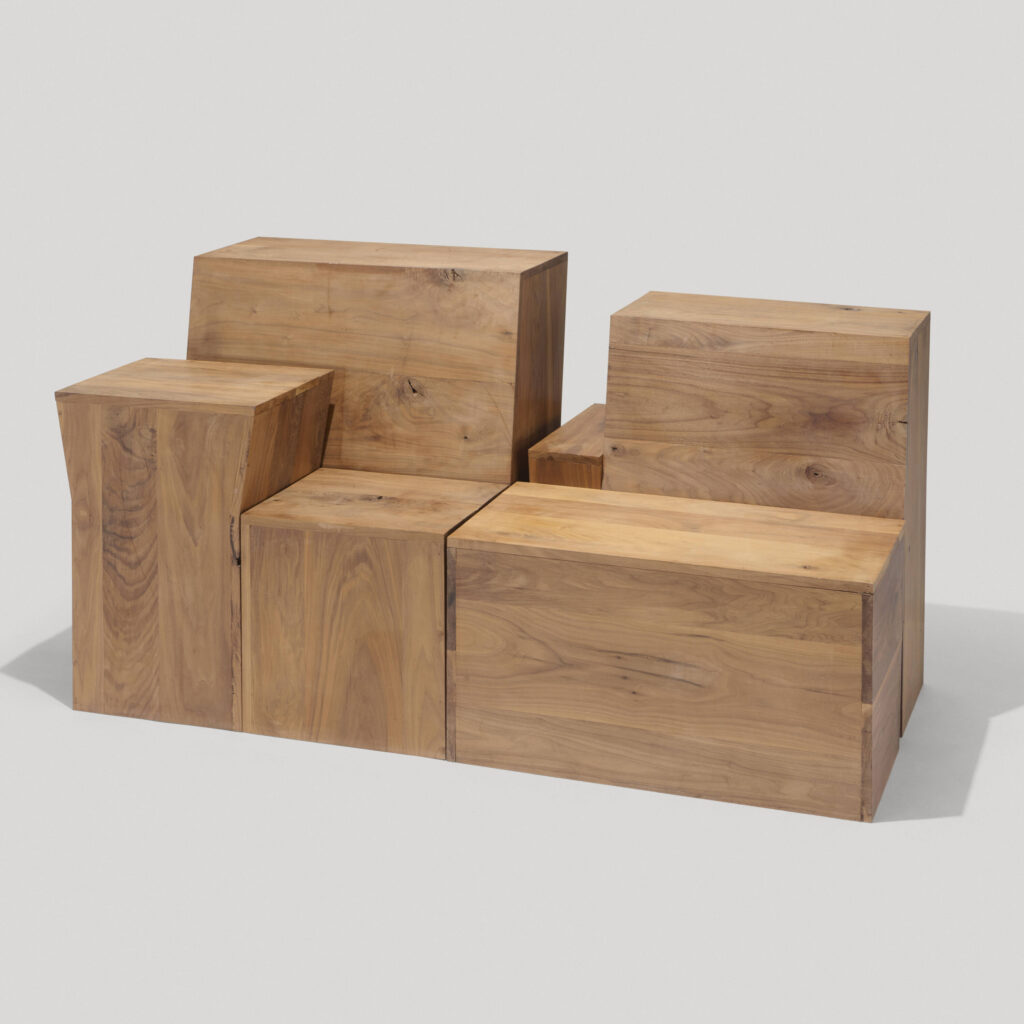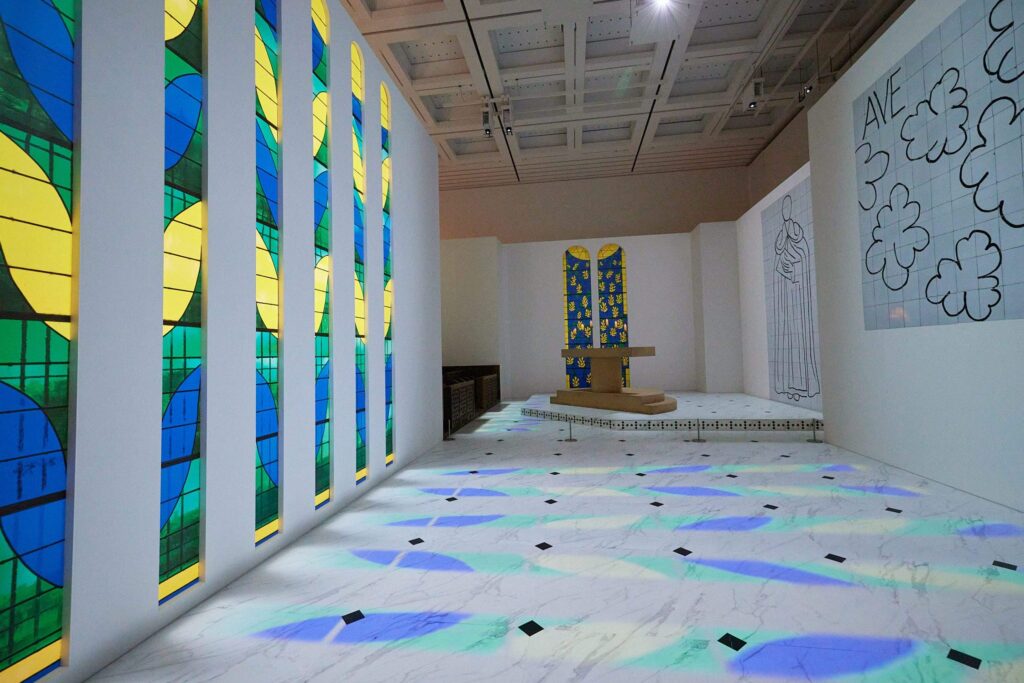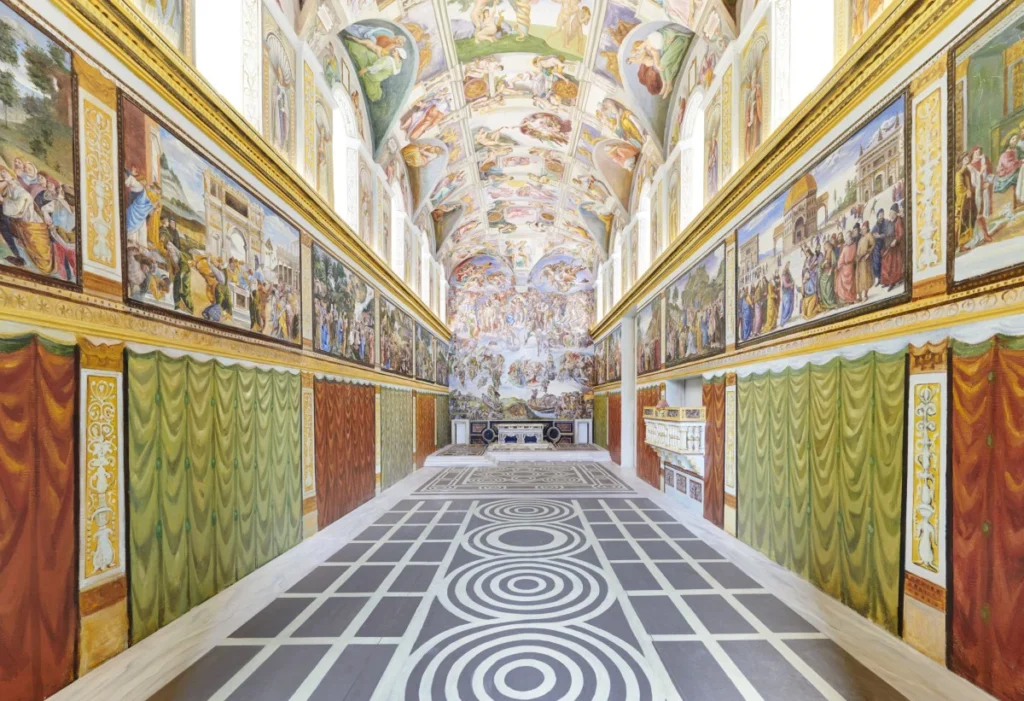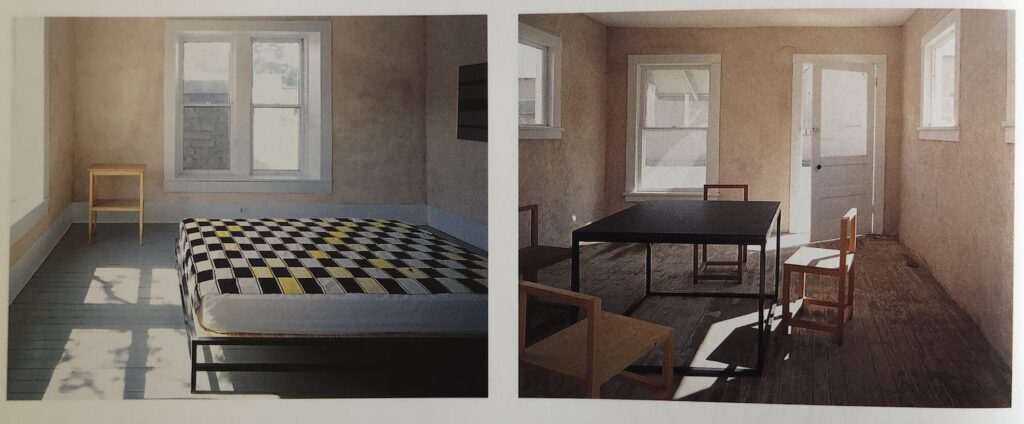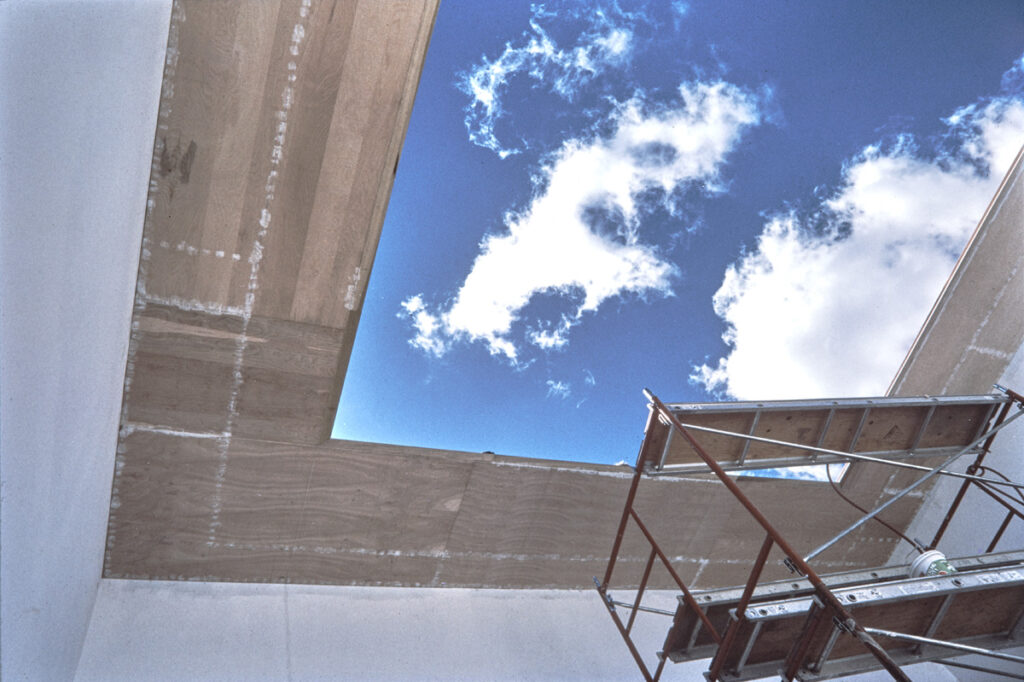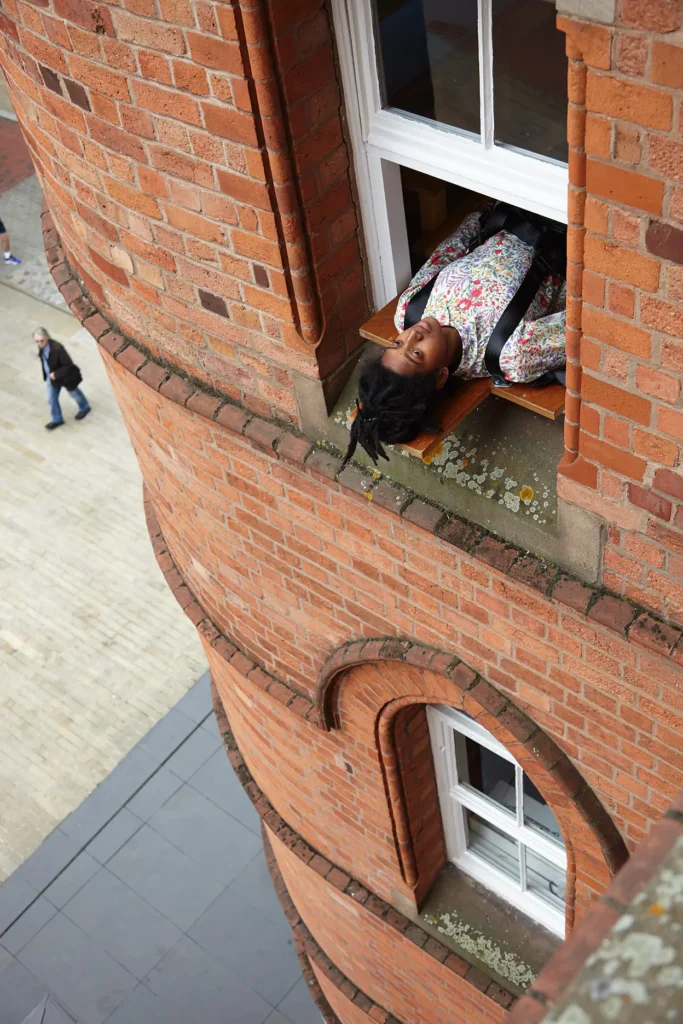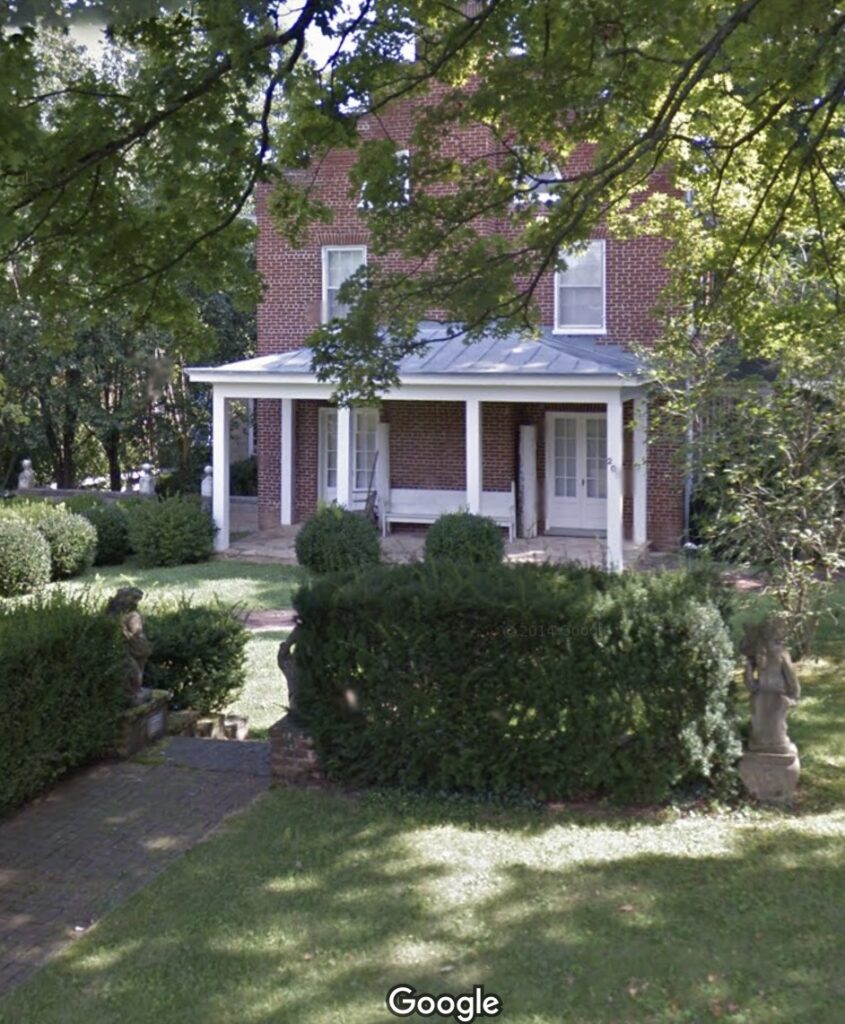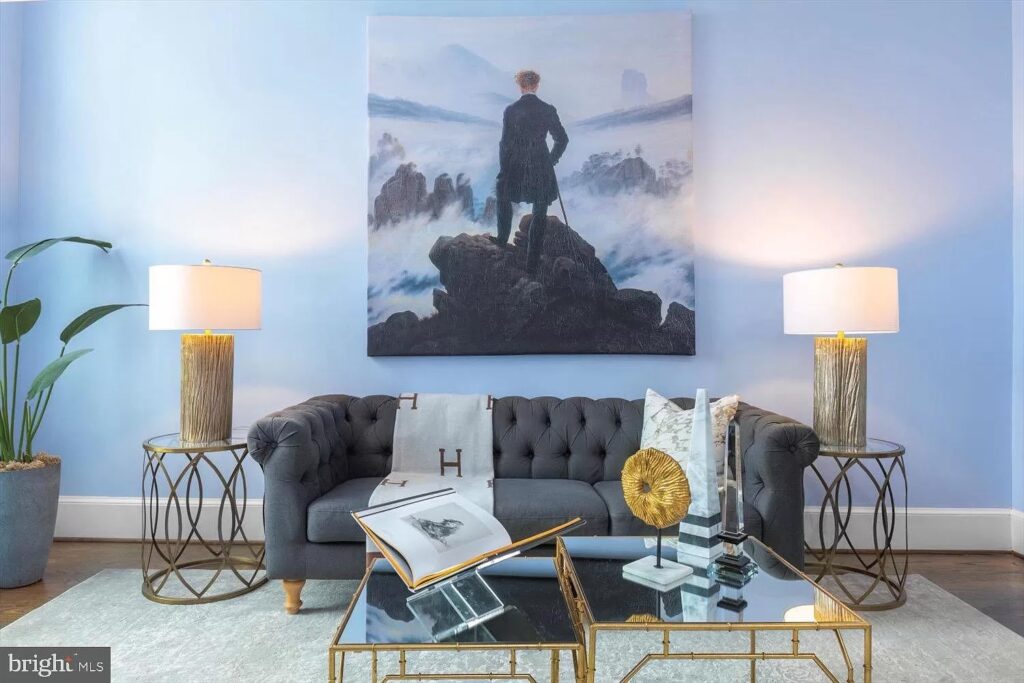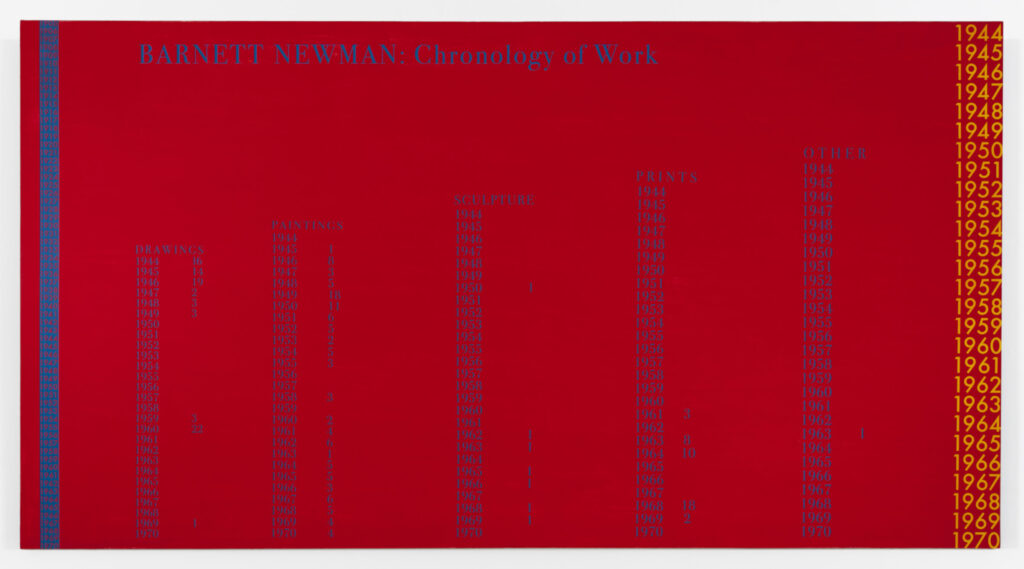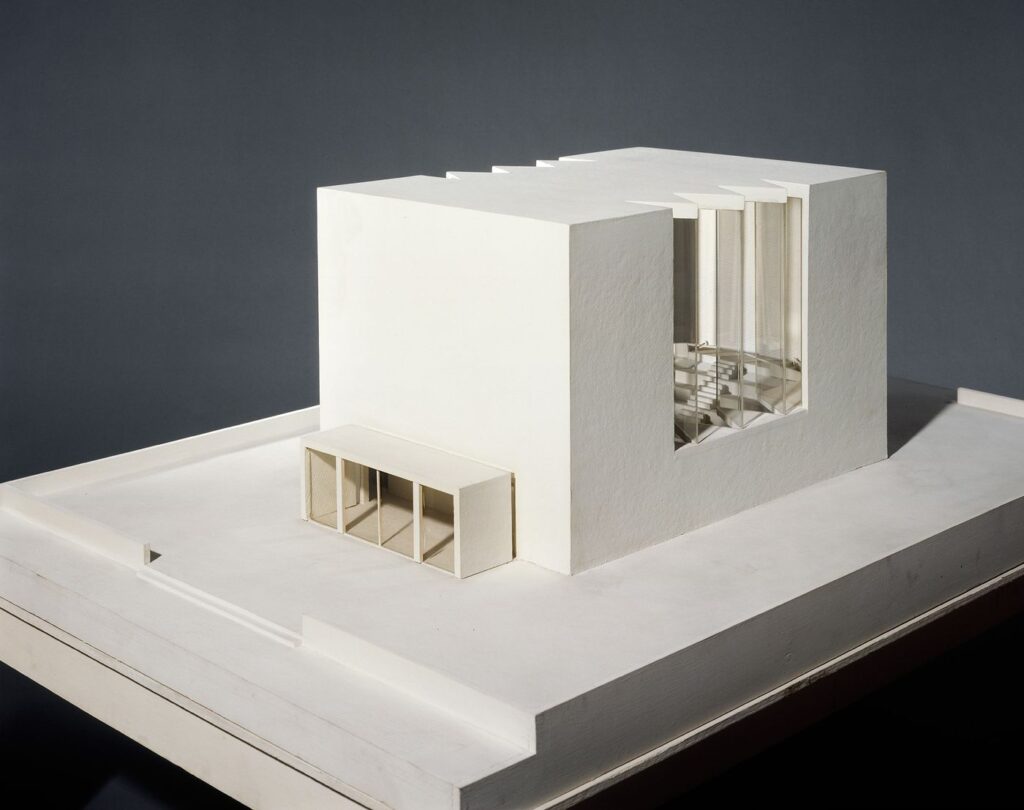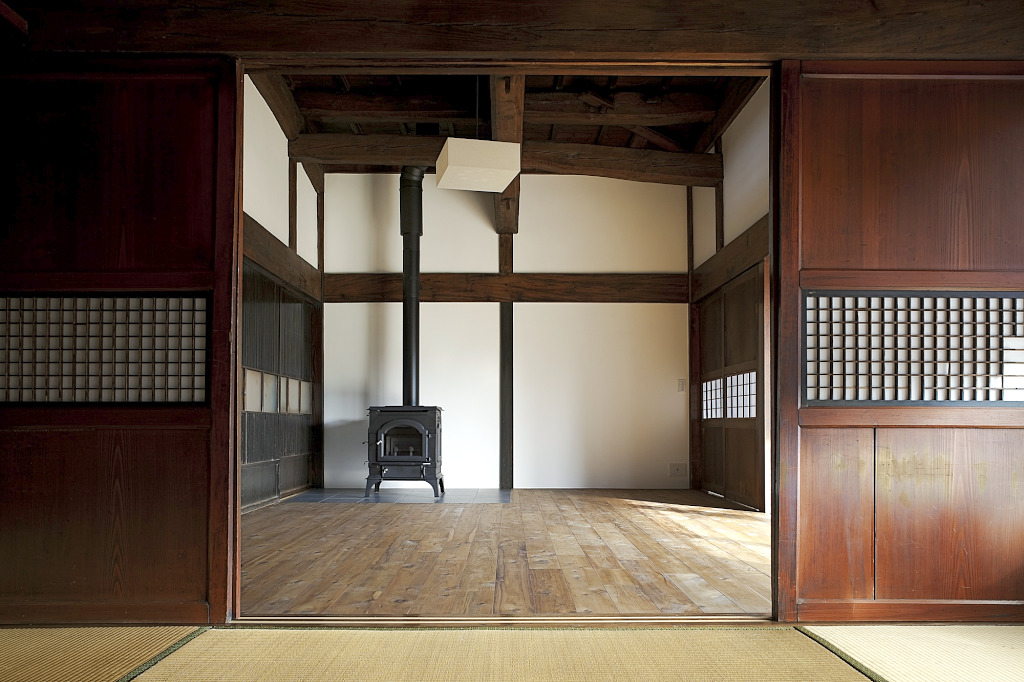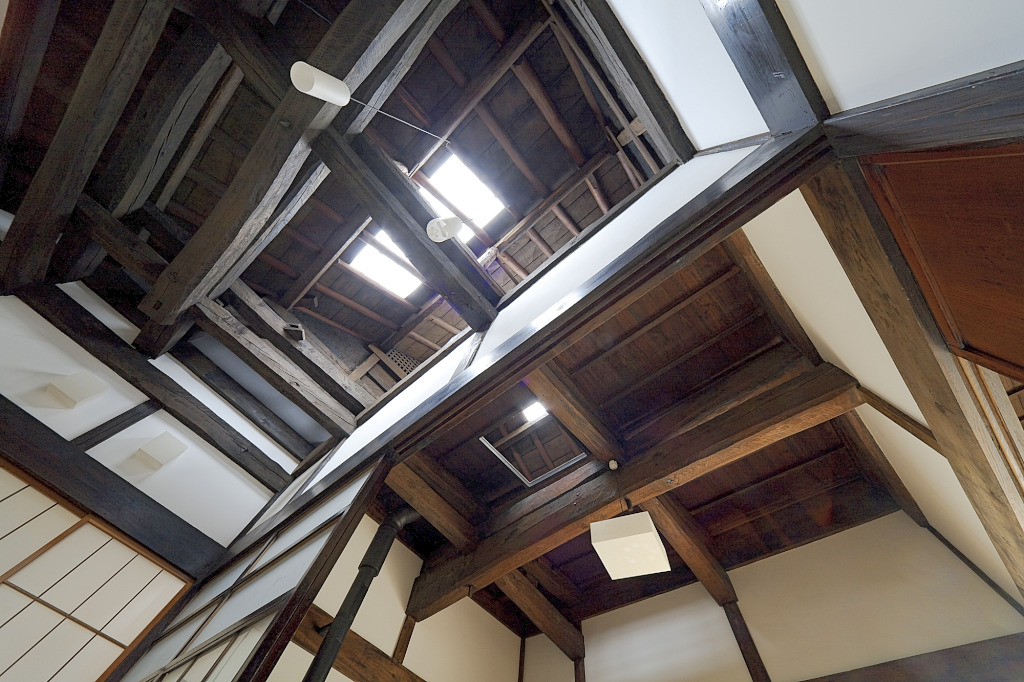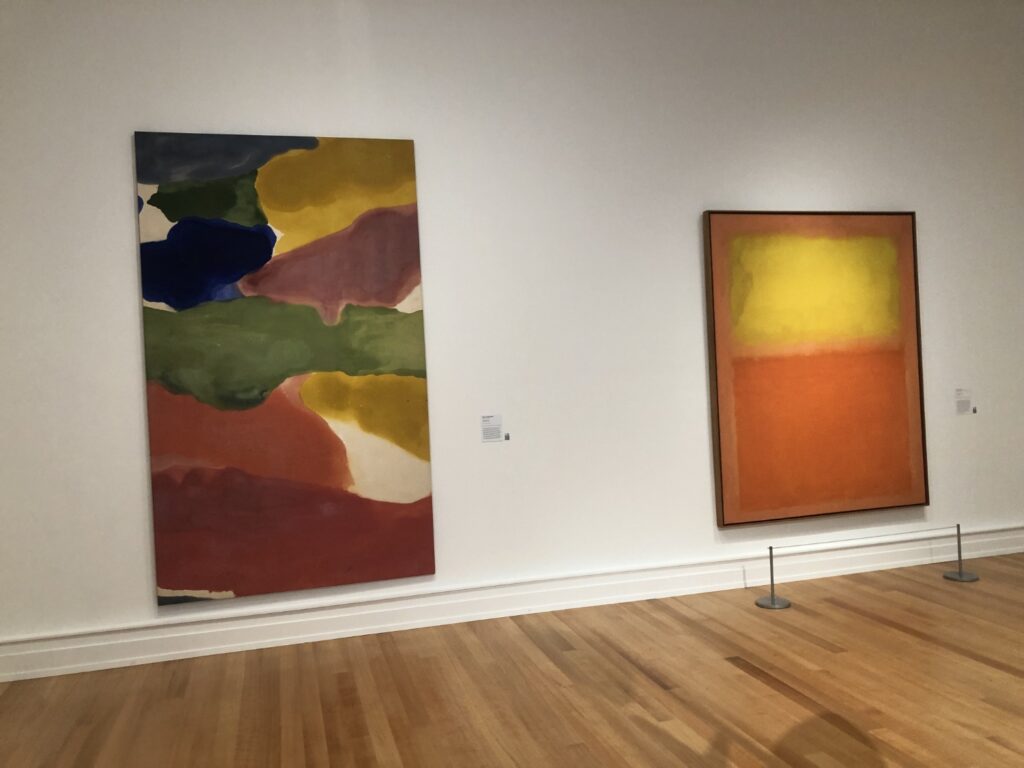
Maybe it’s living on the border, or the multiple additions, but my strongest sense of visiting the Buffalo AKG, the museum formerly known as the Albright-Knox, is of marveling at the things they put next to each other.
By entering through the parking lot and the new Gundlach Greenhouse, I ended up walking backwards, chronologically, through the museum, beginning with a gallery of large paintings made in 2013. Then there was the 90s room, then on back, to the room with this pairing of a Rothko and a Frankenthaler that just felt wild for some reason. But at least I got a picture. The mid-70s pairing of a Susan Rothenberg horse next to a blurry pre-squeegee abstract painting by Gerhard Richter was so unexpected, I forgot to photograph it.
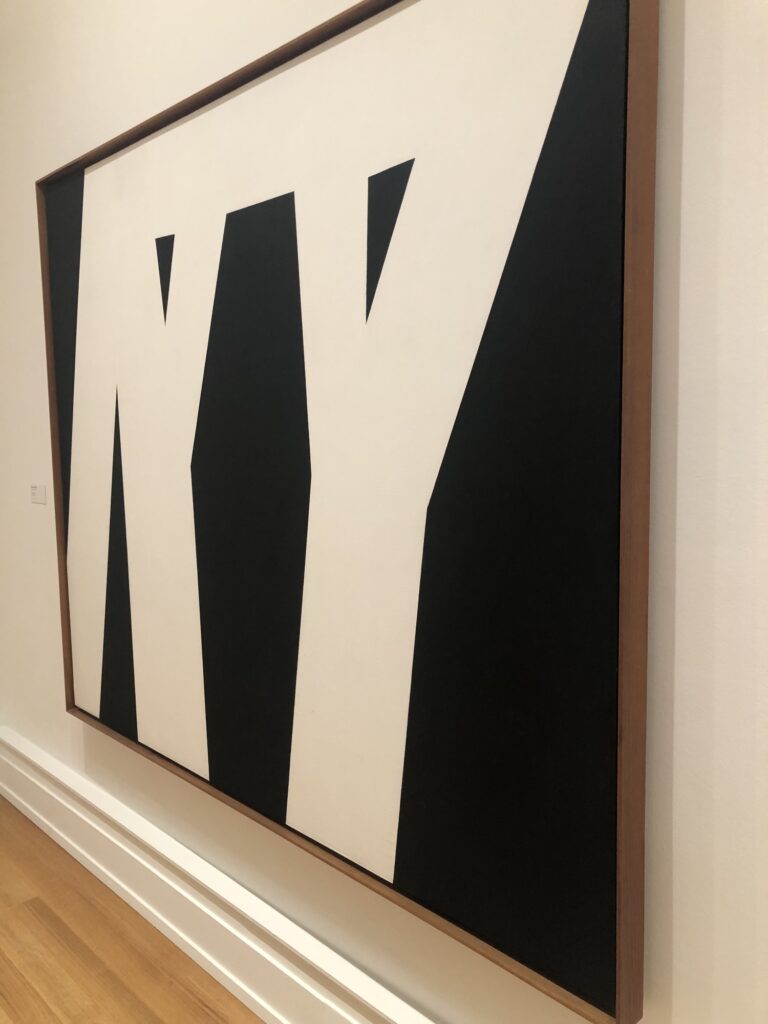
The Coenties Slip room, though, was pleasantly sublime, with Ellsworth Kelly’s 1950s NY NY living across from Agnes Martin’s Tree just like old times. That’s a detail below, obviously; just imagine that extending in infinity.

There were some other nice moments in the permanent collection—the Stanley Whitney retrospective was spectacular, btw. Those little paintings he makes at the end of the day with his leftover paint!
Olafur’s pavilion tree situation was nice, and better than the courtyard it replaced, for sure. Is it worth having to have the Gundlach wing, too? I will defer to the Buffalovians, who did seem pleased with the place.
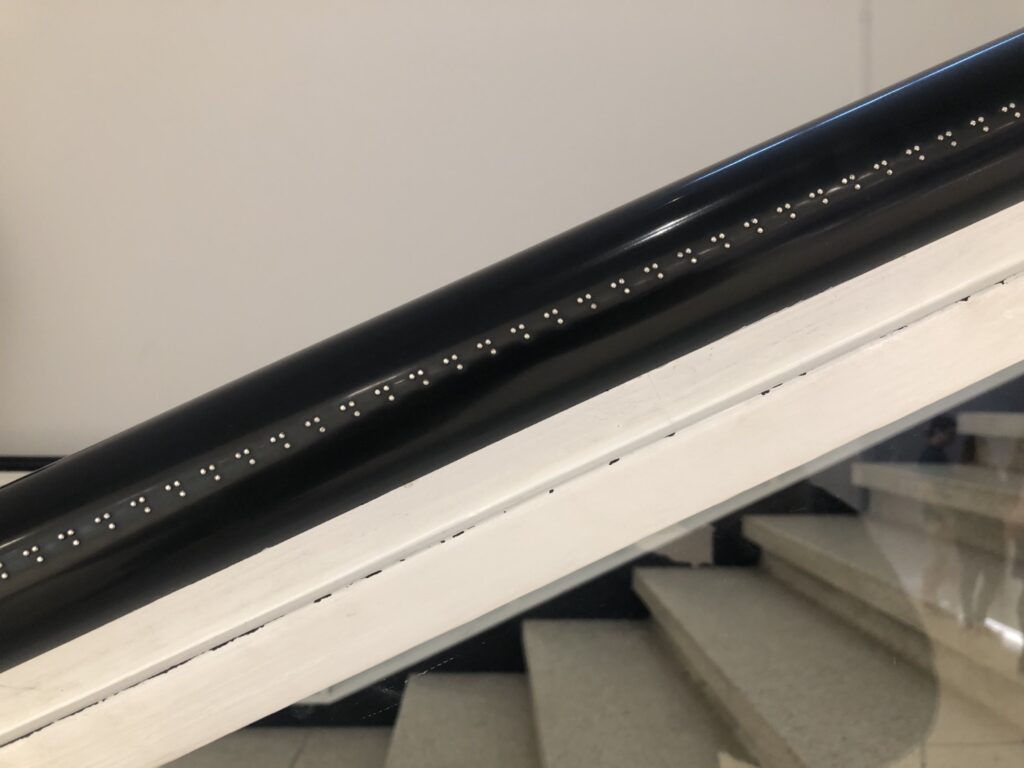
But the surprise and delight was the Jacob Kassay installation, developed in collaboration with the visually impaired education folks, where he lined the outer edge of the handrail with the letter H in Braille, creating a tactile onomatopoetic evocation of breathing, or sighing, as visitors drag their hand along. It was the perfect opposite of spectacle.

